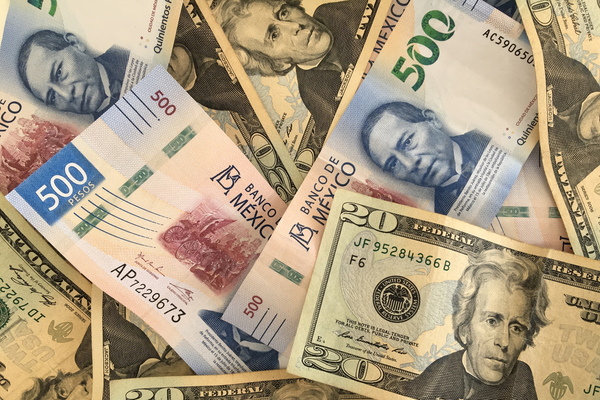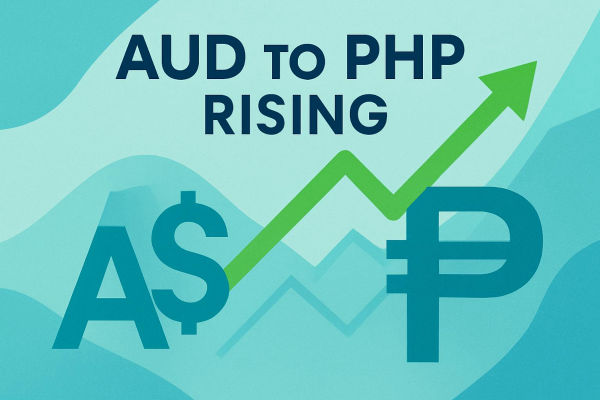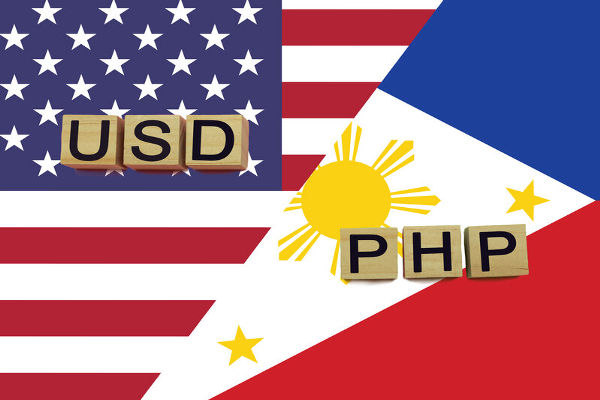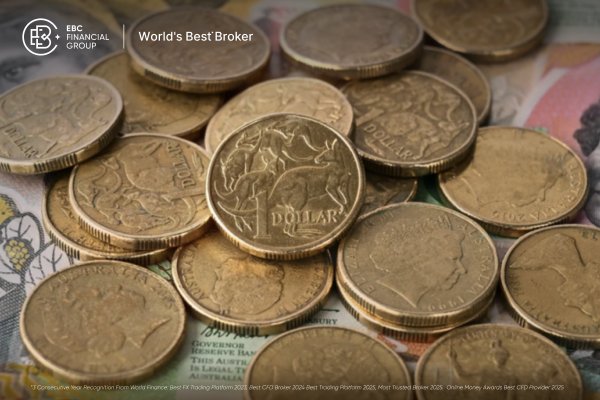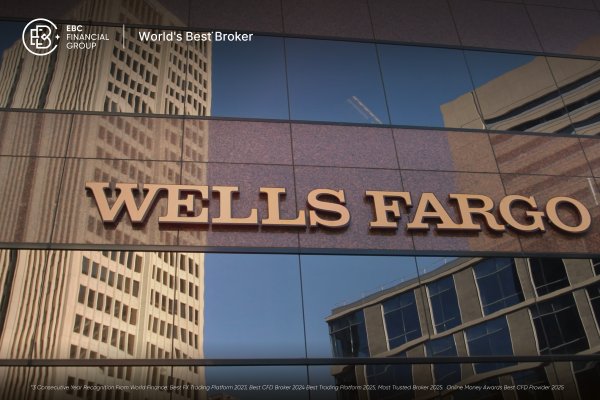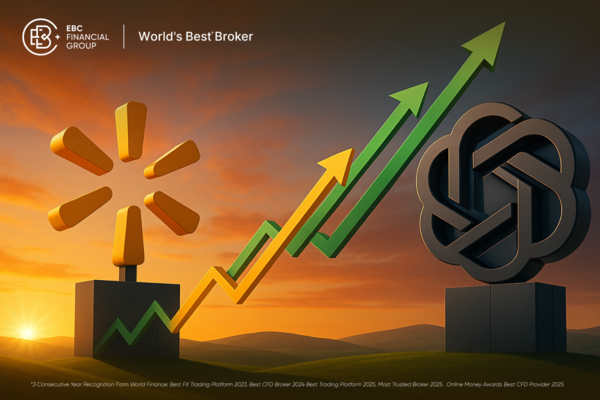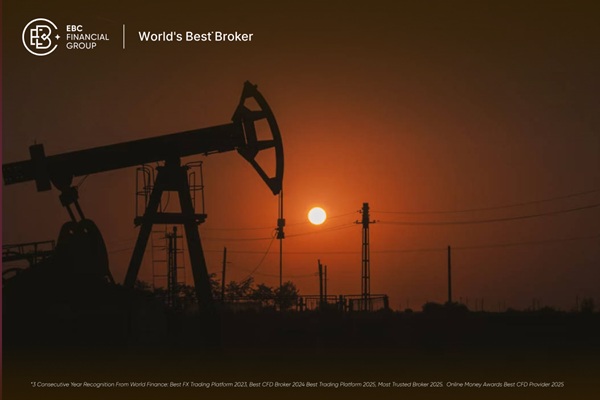Navigating the world of currency trading can be daunting, especially when dealing with pairs like the Philippine Peso (PHP) and the US Dollar (USD).
This article offers traders a comprehensive guide to understanding the PHP to USD exchange rate, the factors influencing its movement, and actionable strategies to trade this pair more effectively.
Introduction to PHP to USD Trading
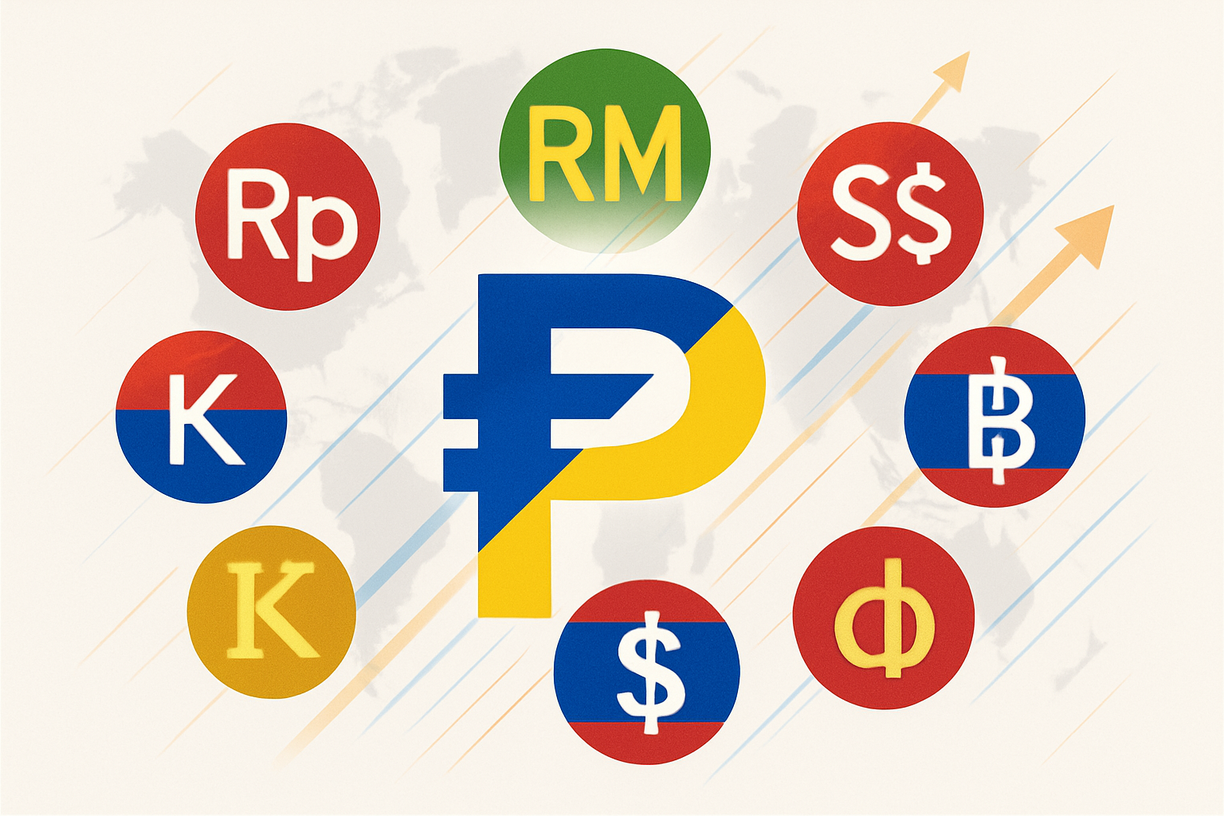
The PHP to USD currency pair is a popular choice among forex traders, especially those interested in emerging market currencies. The Philippine Peso's relationship with the US Dollar reflects not only the economic health of the Philippines but also broader global trends. Understanding the dynamics of this pair is crucial for traders seeking to capitalise on market movements and manage risk effectively.
What Is an Exchange Rate?
An exchange rate is the value of one currency expressed in terms of another. For PHP to USD, it tells you how many Philippine Pesos are needed to buy one US Dollar. Exchange rates fluctuate constantly due to supply and demand in the forex market, influenced by a range of economic and geopolitical factors.
Why Trade PHP to USD?
Traders are drawn to the PHP to USD pair for several reasons:
-
Volatility: Emerging market currencies like PHP can experience significant price swings, offering opportunities for profit.
-
Economic Insights: The pair reflects the economic health of both the Philippines and the United States.
Diversification: Trading less common pairs can diversify a forex portfolio.
Key Factors Influencing PHP to USD Exchange Rates
Understanding what drives the PHP to USD rate is essential for making informed trading decisions. Here are the main factors:
1. Economic Indicators
-
Interest Rates: Central bank policies, especially from Bangko Sentral ng Pilipinas (BSP) and the US Federal Reserve, directly affect exchange rates. Higher interest rates in the US can strengthen the USD against the PHP.
-
Inflation: Higher inflation in the Philippines compared to the US can weaken the PHP.
GDP Growth: Strong economic growth in either country can boost its currency.
2. Trade Balance
The Philippines' trade balance with the US can impact the PHP to USD rate. A trade surplus (more exports than imports) supports the PHP, while a deficit can weaken it.
3. Remittances
Overseas Filipino Workers (OFWs) send billions of dollars home each year. These remittances create demand for PHP, often supporting its value against the USD.
4. Political Stability
Political developments, elections, and policy changes in either country can cause rapid shifts in the exchange rate.
5. Global Market Sentiment
Risk appetite among global investors can influence emerging market currencies. In times of uncertainty, traders often flock to the USD as a safe haven, potentially weakening the PHP.
How to Read PHP to USD Quotes
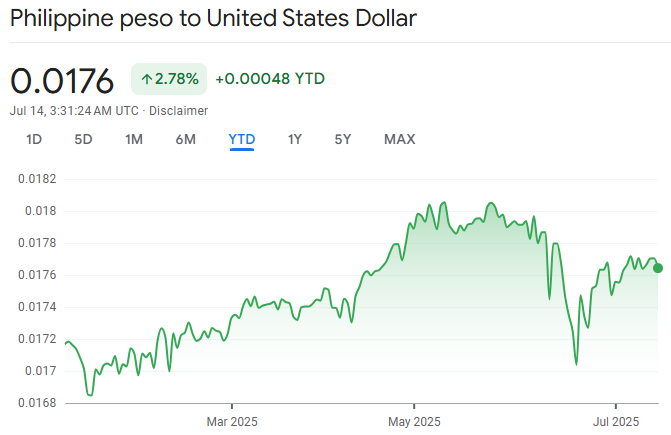
A typical quote might look like this:
PHP/USD = 0.0176
This means 1 Philippine Peso equals 0.0176 US Dollars. Alternatively, you may see the inverse:
USD/PHP = 55.56
Here, 1 US Dollar equals 56.68 Philippine Pesos.
Practical Tips for Trading PHP to USD
1. Stay Informed
2. Use Technical and Fundamental Analysis
-
Technical Analysis: Study price charts, trends, and indicators to identify entry and exit points.
Fundamental Analysis: Assess economic data, news, and geopolitical events that could impact the pair.
3. Manage Your Risk
4. Watch for Liquidity
The PHP to USD pair may have less liquidity than major pairs like EUR/USD, leading to wider spreads and occasional slippage.
5. Consider the Timing
-
The most active trading hours for PHP to USD are during the overlap of Asian and US trading sessions.
Avoid trading during national holidays in either country, as liquidity can dry up.
Example: Analysing a PHP to USD Trade
Suppose you expect the US Federal Reserve to raise interest rates, making the USD more attractive. You might anticipate the USD to strengthen against the PHP. In this scenario, you could:
-
Go Long USD/PHP: Buy USD and sell PHP, aiming to profit if the USD appreciates.
-
Set a Stop-Loss: Protect your position in case the market moves against you.
Monitor News: Stay alert for any unexpected announcements from the BSP or economic data releases from the Philippines.
Tools and Resources for PHP to USD Traders

-
Economic Calendars: Track key events and data releases.
-
Currency Converters: Quickly check the latest PHP to USD rates.
-
Trading Platforms: Choose a platform that offers real-time quotes, charting tools, and risk management features.
News Feeds: Stay updated with the latest economic and political developments.
Common Mistakes to Avoid
-
Ignoring Fundamentals: Don't rely solely on technical analysis; economic and political factors matter.
-
Overleveraging: Using too much leverage can amplify losses.
Neglecting Risk Management: Always use stop-loss orders and manage your position sizes carefully.
Frequently Asked Questions
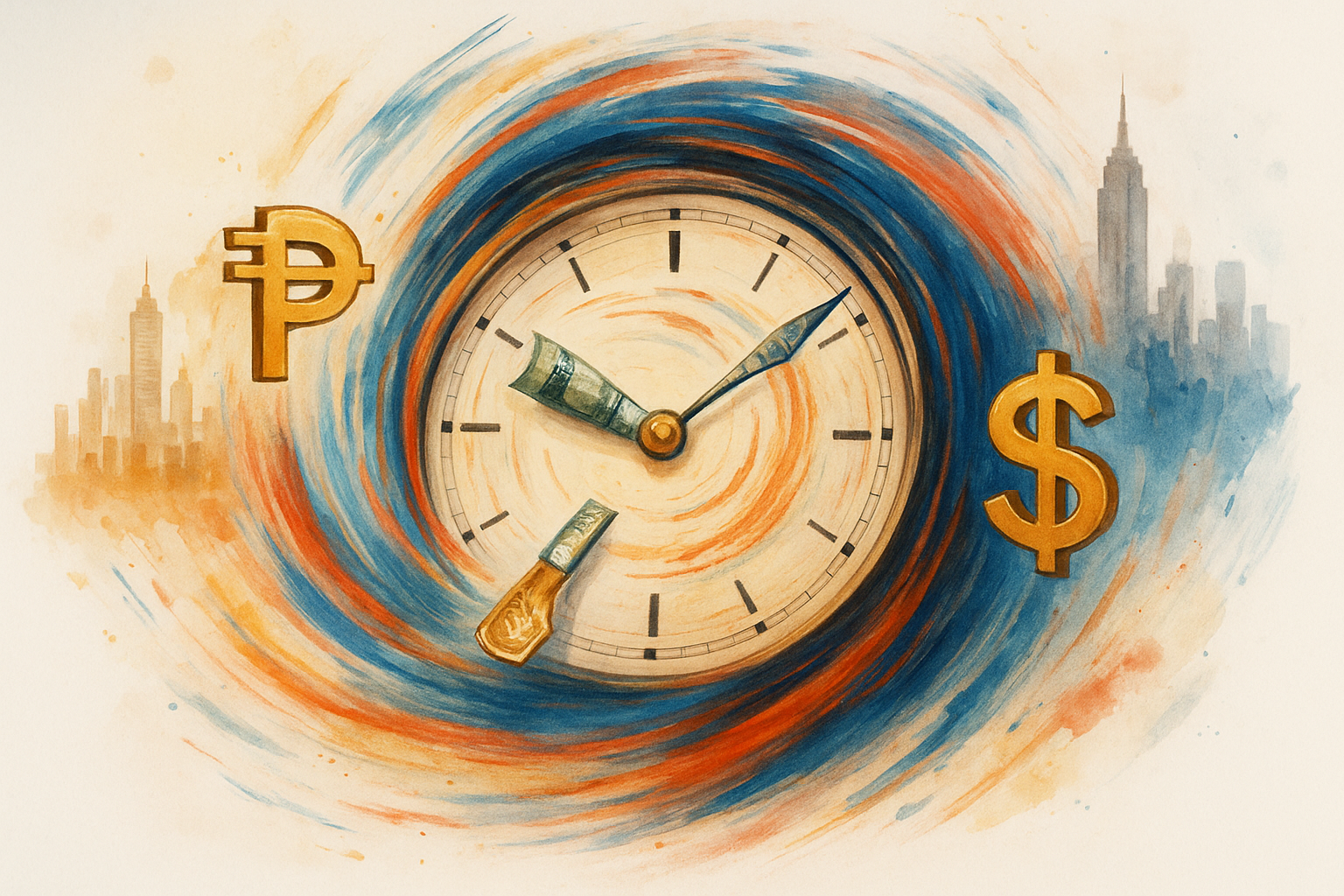
Q: What is the best time to trade PHP to USD?
A: The best liquidity and price movements often occur during the Asian and early US trading sessions.
Q: How can I stay updated on PHP to USD rates?
A: Use reputable forex news sites, economic calendars, and trading platforms with real-time data.
Q: Are there any risks unique to trading PHP to USD?
A: Emerging market currencies like PHP can be more volatile and less liquid, leading to larger spreads and potential for slippage.
Conclusion
Trading PHP to USD can be rewarding for those who understand the underlying factors driving exchange rates and who employ disciplined trading strategies. By staying informed, using sound analysis, and practising effective risk management, traders can navigate the forex market with greater confidence.
Disclaimer: This material is for general information purposes only and is not intended as (and should not be considered to be) financial, investment or other advice on which reliance should be placed. No opinion given in the material constitutes a recommendation by EBC or the author that any particular investment, security, transaction or investment strategy is suitable for any specific person.










